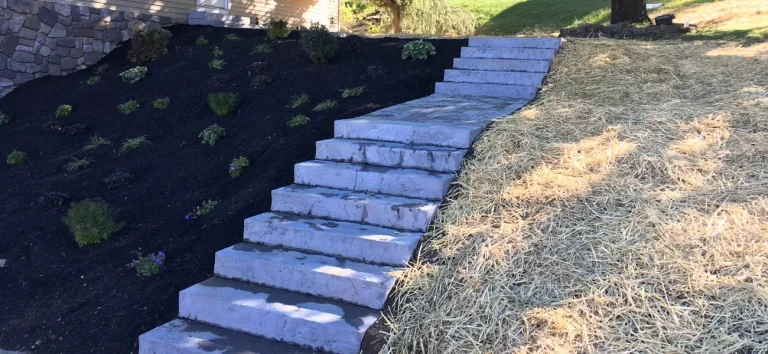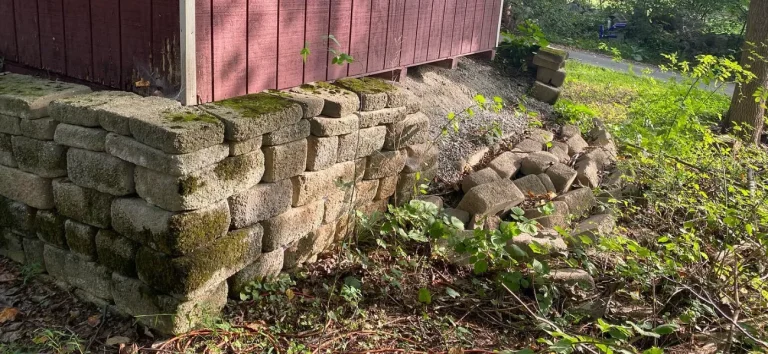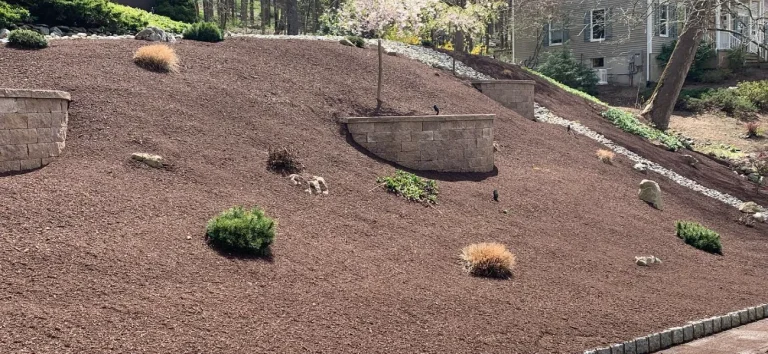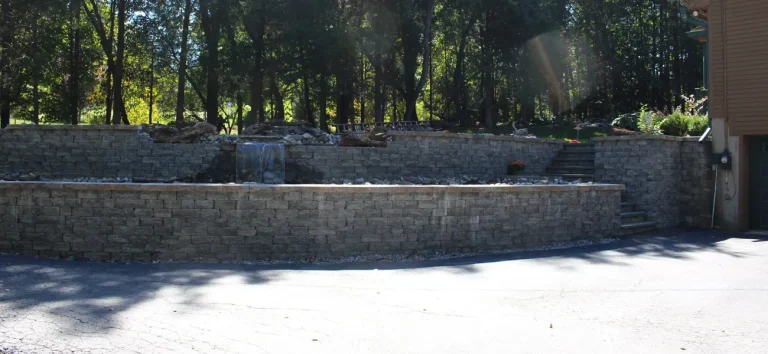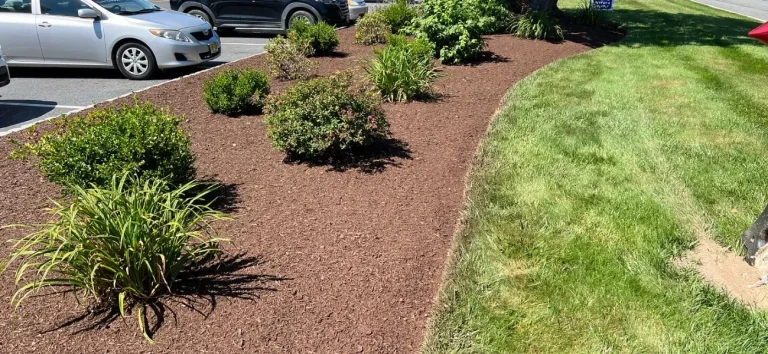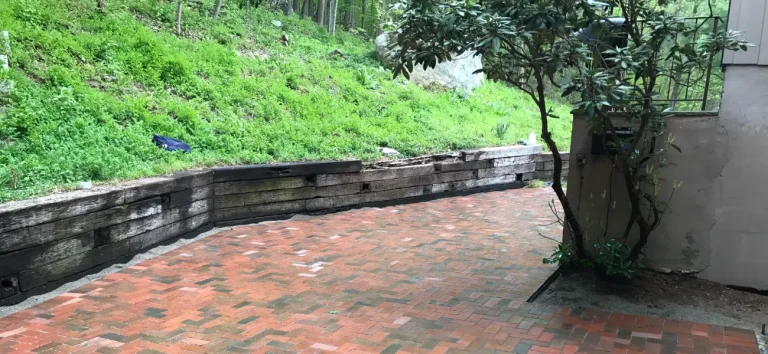Privacy Hedge Installation In New Jersey: A Guide For Homeowners
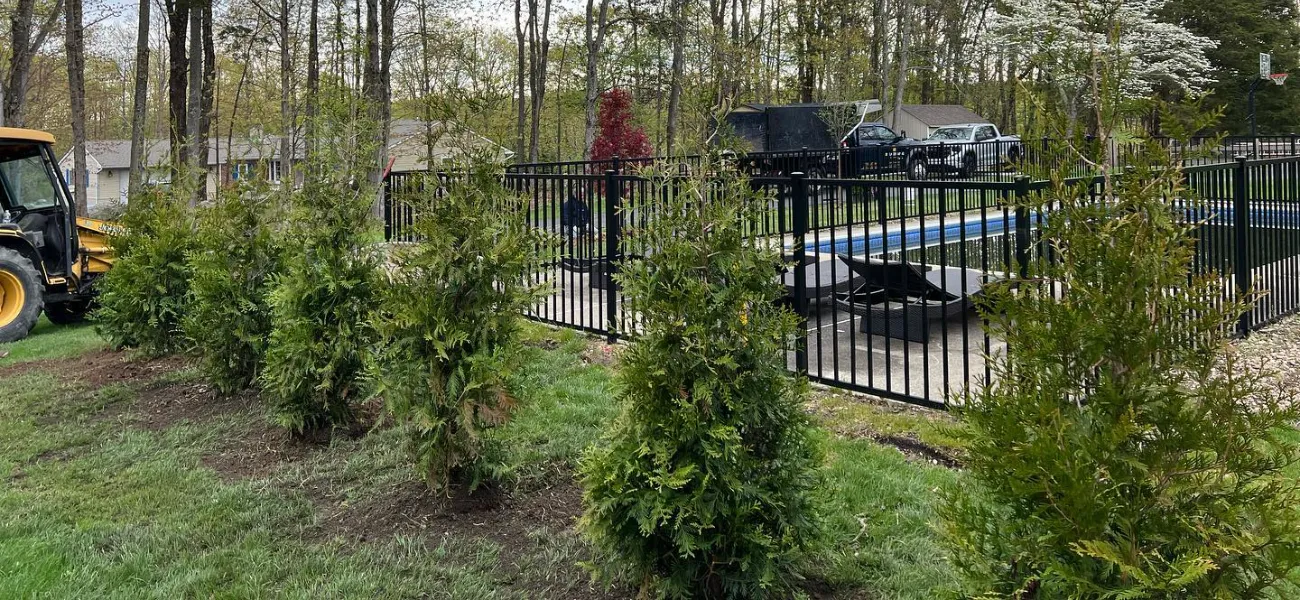
For many New Jersey homeowners, creating a peaceful and secluded backyard is a top priority. Whether you're trying to block out an unattractive view, reduce traffic noise, or simply enjoy more solitude in your yard, installing a privacy hedge is one of the most attractive and effective solutions available.
In this guide, we’ll walk you through everything you need to know about privacy hedge installation in New Jersey— including the best hedge varieties for our climate, tips on spacing and sizing, planting and maintenance advice, and answers to common homeowner questions.
Why Privacy Hedges Are Popular in New Jersey
Privacy hedges provide a natural, beautiful alternative to traditional fencing. In suburban and semi-rural areas across New Jersey—like those in Morris, Sussex, and Warren Counties—properties often border neighbors, roads, or wooded areas. A well-placed hedge offers year-round screening while blending seamlessly into the landscape.
Unlike fences, which may require permits or feel too harsh, privacy hedges offer a softer and more ecological approach. Many hedge species thrive in the Garden State’s varied climate and support pollinators, birds, and other beneficial wildlife. With the right selection and proper care, privacy hedges can:
-
- Block visibility into your yard from roads or neighbors
- Absorb sound from nearby traffic
- Create natural windbreaks
- Enhance your property’s curb appeal
- Increase home value by improving outdoor living areas
Best Privacy Hedge Plants for New Jersey Properties
The ideal hedge species for your landscape will depend on your site conditions (sunlight, soil moisture, and space), the desired height, and whether you want year-round coverage. Below are some of the best options for New Jersey homeowners looking to add natural screening.
Evergreen Hedges for Year-Round Screening
Thuja occidentalis ‘Emerald Green’ (Emerald Green Arborvitae)
A favorite across New Jersey for narrow spaces and property lines. This upright, columnar evergreen typically reaches 10–15 feet tall and 3–4 feet wide. It’s fast-growing, low-maintenance, and provides dense privacy year-round. Best in full sun.
Thuja plicata ‘Green Giant’ (Green Giant Arborvitae)
Ideal for larger properties, this vigorous hybrid grows quickly (3+ feet per year) and can reach 30–40 feet tall. Tolerant of a range of soils and more deer-resistant than Eastern Arborvitae.
Ilex crenata (Japanese Holly)
An excellent boxwood alternative, Japanese holly offers dense, small-leaved evergreen foliage. Varieties like ‘Compacta’ and ‘Steeds’ work well for medium-height hedges (4–8 feet). Tolerates pruning and thrives in full sun to part shade.
Ilex glabra (Inkberry Holly)
A native evergreen shrub with rounded, glossy leaves. Best in moist, acidic soils and part shade. Grows 4–6 feet tall and spreads slowly to form a low hedge.
Juniperus virginiana (Eastern Red Cedar)
This tough native evergreen forms a dense, pyramidal screen up to 20–40 feet tall. Drought-tolerant once established and great for wildlife, especially birds.
Deciduous and Semi-Evergreen Screening Options
Viburnum dentatum (Arrowwood Viburnum)
A fast-growing native shrub with white spring flowers, blue-black fruit, and vibrant fall color. Reaches 6–10 feet tall and grows well in sun or shade. Can be planted in groups for a natural hedge.
Physocarpus opulifolius (Ninebark)
A hardy, suckering native shrub that grows 6–10 feet tall. Offers excellent seasonal interest with colorful foliage, peeling bark, and spring blooms. Tolerates tough conditions and poor soils.
Aronia arbutifolia (Red Chokeberry)
Known for brilliant red fall foliage and persistent berries, this native shrub grows 6–10 feet tall and handles wet soils. Great for naturalistic hedgerows and rain gardens.
Cornus amomum (Silky Dogwood)
A thicket-forming native dogwood with showy white flowers and blue fruit. Reaches 6–12 feet tall and does well in moist or wet soils. Excellent for larger properties and habitat plantings.
Clethra alnifolia (Summersweet Clethra)
A fragrant, flowering native that thrives in part shade and moist soils. Grows 4–8 feet tall. Works well in rain gardens, borders, or mixed hedges.
What Sizes Are Available?
Privacy hedge plants are available in several sizes depending on your budget and how quickly you want coverage.
-
- 3-Gallon to 5-Gallon Pots: Affordable and easier to plant. Plants are generally 2-4 feet tall and take a few years to fill in.
- 7-Gallon and Larger Containers: Provide more immediate impact with plants in the 4-6 foot range.
- Balled and Burlapped (B&B) Specimens: For instant privacy, larger trees or shrubs (6-10+ feet tall) can be installed. Availability on these large trees and shrubs can vary. These larger specimens also require more labor and equipment but they deliver immediate results.
Choosing the right size depends on your timeline, access to the planting site, and long-term budget.
How We Design Your Privacy Planting
At JB's Landscaping, we tailor every privacy hedge installation to the specific needs of the property. Here's how we approach it:
Site Evaluation
We assess soil type, drainage, sun exposure, and wind direction. Moisture-loving plants like inkberry holly do well in low areas, while drought-tolerant shrubs like juniper prefer sunny, dry slopes.
Choosing the Right Species
We select plants based on your goals (height, evergreen vs. deciduous, wildlife value) and match them to your site conditions. Native and sustainable species are prioritized whenever possible.
Spacing Guidelines
Spacing is very important for hedge density and long-term success. Fast-growing shrubs may be spaced 2-3 feet apart, while larger trees may need 4-6 feet. We may stagger plants in a double row for better coverage.
Calculating Plant Quantities
We measure the linear footage of your desired hedge and calculate how many plants are needed based on species and spacing. For example, a 50-foot hedge using 3-foot spacing would require about 17 plants.
The Planting Process: What to Expect
Once we finalize the design, the installation process includes:
Soil Preparation
We loosen the soil and amend it with compost or organic matter to promote healthy root development.
Proper Planting Depth
Each plant is installed at the correct depth to avoid root rot and promote stability. We ensure good soil-to-root contact.
Watering and Mulching
New plantings receive a generous soak and are mulched to conserve moisture and reduce weed growth. A drip hose or soaker hose system is strongly recommended for ongoing irrigation. The number ONE reason privacy hedges don't do well is from a lack of water.
Clean Worksite and Final Walkthrough
We maintain a tidy jobsite and walk through the finished planting with you to ensure satisfaction and provide care instructions.
Maintenance and Long-Term Care
Privacy hedges are an investment in your landscape and require care, especially during the first year after planting.
Watering Schedule
-
- First Season: Deep watering 2-3 times per week, depending on rainfall.
- After Establishment: Most native shrubs need little supplemental water, except during droughts.
Pruning and Shaping
-
- Hedge pruning promotes denser growth and controls size.
- Some species benefit from rejuvenation pruning every few years.
- We recommend pruning after flowering for spring-blooming shrubs.
Fertilization
-
- Many native shrubs do not require fertilization.
- If needed, we apply a slow-release, balanced fertilizer in early spring.
Pest and Wildlife Protection
-
- We use physical barriers or repellents in areas with high deer population.
- Regular inspection ensures early detection of pests or diseases.
Common Questions About Privacy Hedge Planting
How fast will my hedge grow? Growth rates vary. Arborvitae can grow 1-2 feet per year, while viburnums may take longer to mature. We guide you toward species that match your timeline.
Can I mix plant species in one hedge? Absolutely. Mixing evergreens and flowering shrubs can add seasonal interest and biodiversity. We design custom blends based on your preferences.
Will it block noise as well as sight? Thick, layered plantings can muffle noise better than fences. Evergreens offer the best sound buffering year-round.
Is it more affordable than a fence? Initial costs vary, but over time, a hedge can be more cost-effective than maintaining a wood or vinyl fence, with added ecological benefits.
Can I plant a hedge near a fence or wall? Yes, but spacing is important. We ensure proper clearance for air circulation and growth.
Where We Offer Privacy Hedge Installation Services In New Jersey
JB’s Landscaping is proud to serve homeowners throughout Morris, Sussex, and Warren Counties in New Jersey. Our primary service areas include:
- Columbia
- Allamuchy
- Budd Lake
- Chester
- Flanders
- Hackettstown
- Long Valley
- Newton
- Rockaway
- Sparta
- Succasunna
We have a deep understanding of the local climate, soil types, and plant species that thrive in northwestern New Jersey. Our team specializes in designing and installing privacy hedges that complement the natural landscape, enhance curb appeal, and provide lasting privacy for years to come.
Ready for More Privacy Without The Fence?
If you’re looking for a natural, beautiful, and effective way to create privacy in your yard, JB's Landscaping is here to help. We specialize in custom-designed privacy hedge installations using the best native and evergreen species for New Jersey properties.
Let us help you reclaim your backyard with strategic plantings that look amazing and function even better. Contact us today to schedule your on-site consultation and get a personalized quote for your privacy hedge project. Your peaceful outdoor retreat is just one call away.

